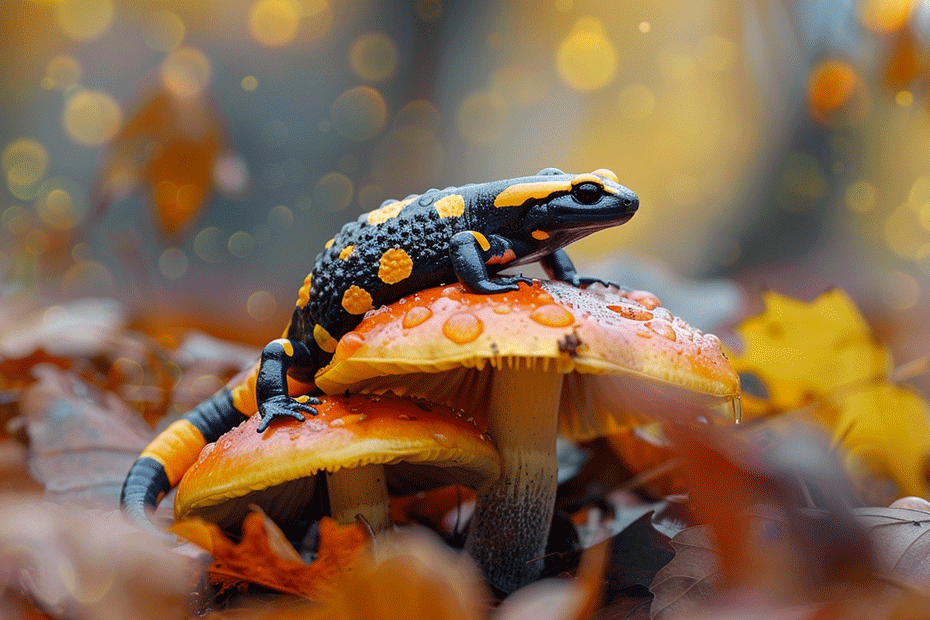Curious about whether spotted salamanders are poisonous? You’re not alone. These intriguing creatures have garnered attention for their unique characteristics. Let’s jump into the intriguing area of spotted salamanders and uncover the truth about their toxicity.
Spotted salamanders are known for their striking appearance and mysterious nature. Many wonder if their vibrant spots serve as a warning sign of potential danger. In this text, we’ll explore the science behind these amphibians and shed light on whether they pose a threat to humans and other animals. Stay tuned to discover the secrets of the spotted salamander’s toxicity.
Key Takeaways
- Spotted salamanders are intriguing creatures known for their striking appearance, carnivorous diet, and unique life cycle.
- These amphibians are moderately toxic, releasing toxins through their skin glands as a defense mechanism.
- While not lethal, their toxic secretions can cause skin and eye irritation, emphasizing the importance of handling them with care.
- Spotted salamanders’ poison serves as a deterrent against predators in their natural habitat, aiding in their survival.
The Spotted Salamander: An Overview
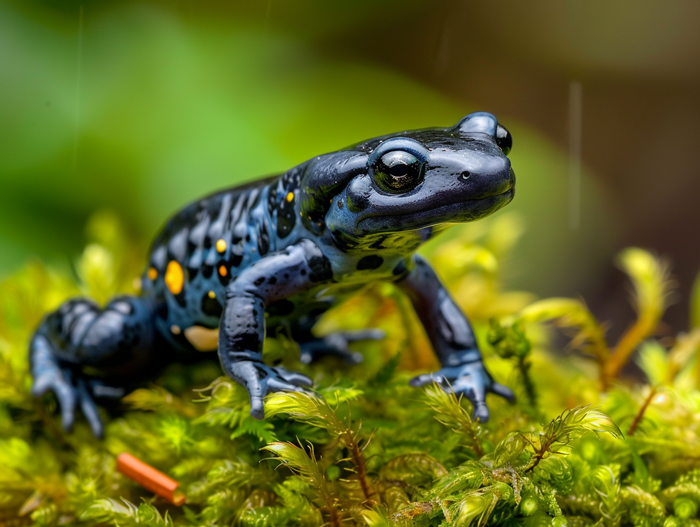
Let’s jump into spotted salamanders, intriguing creatures of the wild. Here’s a glimpse at what makes them unique:
- Habitat: Spotted salamanders are typically found in forested areas close to wetlands.
- Appearance: With bold yellow spots on a sleek black body, they stand out in the animal kingdom.
- Diet: These salamanders are carnivorous, preying on insects, worms, and small creatures.
- Life Cycle: They undergo a fascinating transformation from eggs to larvae to adult salamanders.
Are spotted salamanders poisonous? Stay tuned as we unravel the truth in the following sections.
Identifying Spotted Salamanders
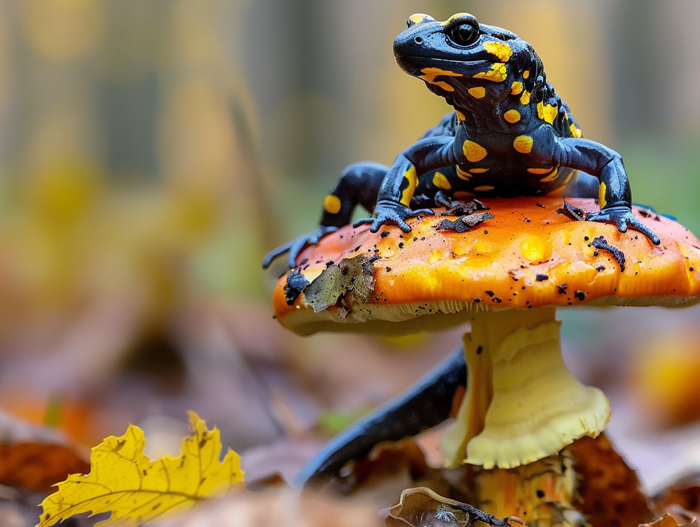
Physical Characteristics
Spotted salamanders are known for their striking appearance. Here’s how to identify them:
- Distinctive coloration: Black body with bold yellow spots.
- Size: Typically about 6 to 9 inches in length.
- Body shape: Slender body with a broad, rounded snout.
- Eyes: Prominent, round eyes on the sides of their head.
- Skin texture: Smooth skin with a slimy coating for moisture retention.
Habitat and Distribution
Spotted salamanders are usually found in:
- Forested areas: They prefer habitats near wetlands or ponds.
- Underground burrows: They spend much of their time underground, especially during the day.
- Geographical range: Primarily in North America, from Canada to the eastern United States.
Keep an eye out for these characteristics to easily spot these fascinating creatures in their natural habitat.
Are Spotted Salamanders Poisonous?
Spotted salamanders are fascinating creatures, but are they poisonous? Let’s investigate into their toxicity levels and how their poison works.
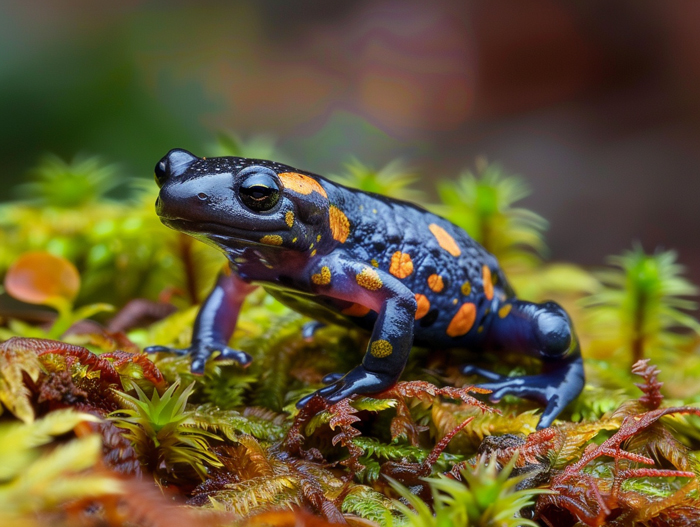
Toxicity Levels
- Spotted salamanders are moderately toxic due to the presence of toxins in their skin glands.
- It’s essential to handle them with care as their toxic secretions can cause irritation if in contact with the skin or eyes.
- While not lethal, these toxins serve as a defense mechanism against predators in their natural habitat.
- The poison present in spotted salamanders is secreted through their skin.
- When threatened, they release these toxins as a deterrent, warning predators to stay away.
- These secretions can irritate mucous membranes and are effective in deterring attacks, so aiding in their survival in the wild.
Interaction with Humans
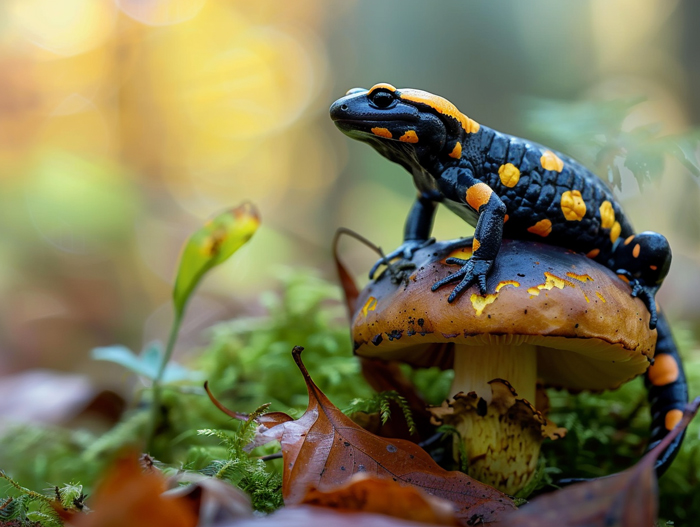
Dangers of Handling
- Spotted salamanders’ skin secretes toxins, which can cause skin and eye irritation if not handled with care.
- Avoid direct contact with their skin or use gloves to protect yourself from potential irritation.
- Do not touch your face or eyes after handling a spotted salamander to prevent any adverse reactions.
- If skin contact occurs, wash the affected area with soap and water immediately.
- In case of eye exposure, flush your eyes with water for at least 15 minutes and seek medical advice promptly.
- Consult a healthcare professional if you experience any severe symptoms after contact with a spotted salamander.
Conclusion
Handling spotted salamanders requires caution due to the toxins they secrete from their skin. Skin and eye irritation can occur if proper care is not taken when interacting with these amphibians. Remember to always wear gloves and avoid touching your face or eyes after handling them. In case of skin contact, wash the affected area with soap and water. If your eyes are exposed, flush them with water for at least 15 minutes and seek immediate medical attention. For any severe symptoms following contact, it’s crucial to consult a healthcare professional promptly. Stay safe and informed when encountering spotted salamanders to prevent any potential harm.

Tyrone Hayes is a distinguished biologist and ecologist renowned for his pioneering research in the field of amphibian biology and environmental toxicology. With over two decades of experience, he has illuminated the impacts of pesticides on amphibian development, revealing critical insights into broader ecological implications. Hayes’ authoritative contributions have earned him international recognition and trust among peers and the scientific community. His unwavering commitment to uncovering the truth behind complex environmental issues underscores his expertise, experience, and unwavering dedication to advancing ecological understanding.
